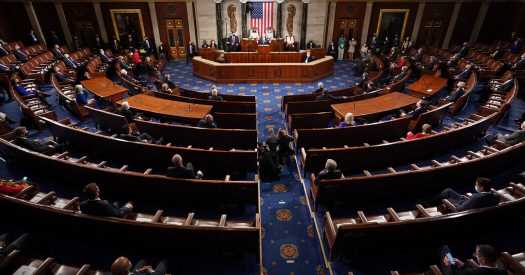On March 21, 1950, an Illinois congressman named Ralph Church suddenly slumped in his seat while testifying before a House committee. His colleagues rushed to administer aid, but he was pronounced dead of a heart attack at 66.
He was neither the first nor the last member of Congress to die in office. “You look back in history, nearly one in 10 members of Congress have,” said Jane L. Campbell, president of the U.S. Capitol Historical Society.
That history has some Democrats worried that deaths or illnesses could derail President Biden’s efforts to pass ambitious bills through Congress, which his party controls by the narrowest margins in decades.
“Our ability to make good on Biden’s agenda is pretty much dangling by a thread,” said Brian Fallon, a former aide to Senator Chuck Schumer, the Democratic majority leader. “I don’t think it’s uncouth to talk about it. I think it’s a reality that has to inform the urgency with which we approach those issues.”
More than 1,160 sitting members and members-elect have died from accidents, disease and violence since the first Congress met in 1789, according to a New York Times analysis of House and Senate records. They include multiple House speakers, famed senators and two former presidents: John Quincy Adams and Andrew Johnson, who both returned to Congress after leaving the White House.
The pandemic and the Jan. 6 Capitol uprising fueled fears that this Congress was particularly vulnerable to such deaths. But with most members vaccinated and security tightened, old age may be a bigger threat. The average age of a sitting senator is 64, and for a representative it’s 58, making this Congress one of the oldest.
“Heart disease and cancer are really the two most common causes of mortality, and they are both things that increase with age,” said Dr. Ezekiel Emanuel, a professor of medical ethics and health policy at the University of Pennsylvania, who served on Mr. Biden’s pandemic task force before he took office.
Source: Read Full Article
